The Fascinating Color Transformation of Dried Jujube Fruits When Steeped in Water: A Scientific and Cultural Exploration*
The humble jujube fruit, known as Ziziphus jujuba* in botanical terms, has been a staple in traditional medicine and cuisine across Asia for millennia. Revered for its sweet-tart flavor and purported health benefits, this reddish-brown drupe takes on new life when rehydrated. One of the most intriguing aspects of preparing dried jujubes—often referred to as “red dates” in English—is the visual metamorphosis they undergo when submerged in water. This article delves into the science behind the color change, the cultural significance of this transformation, and the practical implications for culinary and medicinal applications. By exploring the interplay of chemistry, culture, and cuisine, we aim to shed light on why a simple act like steeping jujubes in water reveals more than meets the eye.
The Jujube Fruit: A Brief Overview
Native to China, the jujube tree (Ziziphus jujuba) thrives in temperate and subtropical regions, producing small, oval fruits with thin, edible skin and a single seed. Fresh jujubes range in color from green to yellow-green, maturing to a deep crimson or purplish-red. However, it is the dried form that has achieved global recognition. Dried jujubes, which resemble dates in texture and appearance, are commonly used in soups, teas, desserts, and herbal remedies. Their popularity stems from their long shelf life, concentrated sweetness, and reputation as a natural remedy for fatigue, insomnia, and digestive issues.
When dried, jujubes undergo a process of dehydration that concentrates their sugars and preserves their nutritional content. This transformation also alters their physical properties, turning the flesh from crisp and juicy to chewy and wrinkled. Yet, the most striking change occurs when these dried fruits are reintroduced to water—a ritual that bridges tradition and modern wellness practices.
The Science of Color Transformation
The color of a dried jujube before soaking is typically a uniform dark brown, often tinged with reddish hues. However, upon submersion in water, a gradual yet dramatic shift occurs. The fruit’s exterior softens, and its flesh begins to plump, while the water itself takes on a golden-amber tint. Over time, the jujube’s color evolves from dark brown to a translucent rusty red or mahogany, depending on factors like water temperature, soaking duration, and the fruit’s variety.
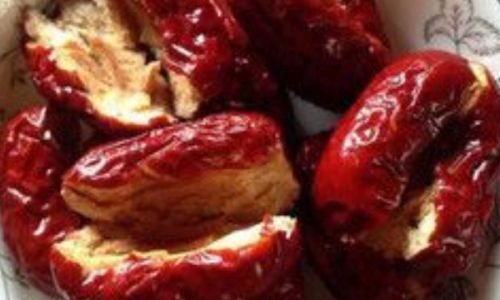
This transformation is rooted in the release of pigments and compounds trapped within the dried fruit’s cellular structure. Dried jujubes contain anthocyanins, tannins, and carotenoids—natural pigments that contribute to their hue. When rehydrated, water infiltrates the fruit’s tissues, dissolving these pigments and leaching them into the surrounding liquid. Anthocyanins, in particular, are pH-sensitive molecules that can shift from red to blue or purple under different acidic or alkaline conditions. However, in the neutral pH of water, they typically stabilize into warm red or orange tones, explaining the amber tint of the soaking liquid.
Simultaneously, the rehydration process reactivates enzymatic activity within the jujube, breaking down complex carbohydrates into simpler sugars. This not only enhances the fruit’s sweetness but also alters its opacity. As the dried flesh absorbs water, it becomes semi-transparent, allowing light to scatter through the tissue and amplify the visibility of underlying pigments. The result is a visual spectacle: a once-opaque, monochromatic fruit transforms into a luminous, reddish-brown gem, suspended in liquid that mirrors its glow.
Factors Influencing the Final Color
The ultimate color of a soaked jujube and its infusion is not static but varies based on several variables:
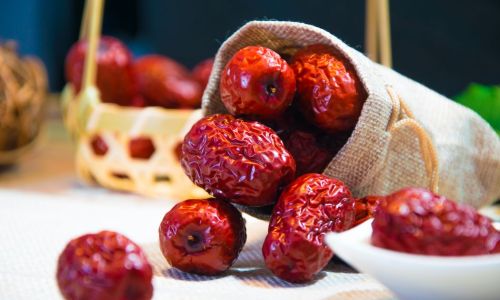
- Water Temperature: Hot water accelerates the extraction of pigments and compounds, yielding a deeper, faster color change compared to cold water. Boiling water may also denature certain enzymes, altering the rate of sugar breakdown.
- Soaking Duration: Prolonged soaking (e.g., overnight) intensifies the release of tannins and anthocyanins, darkening the liquid to a rich amber or even a murky brown.
- Jujube Variety: Different cultivars contain varying concentrations of pigments. For example, Junzao jujubes, prized for their medicinal properties, may impart a deeper red hue than their sweeter counterparts.
- Water Quality: Minerals in hard water can react with anthocyanins, shifting the color toward greenish or grayish tones. Soft or filtered water preserves the natural reddish-amber palette.
- Processing Methods: Some commercially dried jujubes are treated with sulfur dioxide to preserve color. These products may yield a brighter, more uniform hue when soaked, albeit with potential health concerns.
Cultural and Culinary Significance
In traditional Chinese medicine (TCM), the color change of jujubes during soaking holds symbolic and practical importance. The amber liquid, known as hong zao tang (red date tea), is believed to invigorate the spleen, nourish the blood, and harmonize the body’s qi (vital energy). The vibrant hue is seen as an indicator of the infusion’s potency—a visual cue that the medicinal compounds have been activated.
Culinary traditions also celebrate this transformation. In Chinese households, soaked jujubes are a key ingredient in tangshui (sweet soups), often paired with goji berries, lotus seeds, and rock sugar. The plumped fruits are prized for their ability to absorb flavors while retaining their shape, adding a chewy texture to desserts. In Korean cuisine, dried jujubes, or daechu, are steeped to make daechucha, a tea consumed for its calming effects. The reddish-brown liquid is considered both nourishing and aesthetically pleasing, embodying the harmony of nature’s colors.
The Role of Color in Herbal Remedies
Beyond aesthetics, the color of jujube-infused water serves as a diagnostic tool in TCM. Practitioners assess the shade and clarity to gauge the infusion’s quality. A cloudy or excessively dark liquid might indicate over-processing or spoilage, while a clear, amber hue suggests optimal extraction of beneficial compounds. This practice underscores the interconnectedness of sensory experience and healing in traditional systems, where sight, taste, and touch are equally valued.
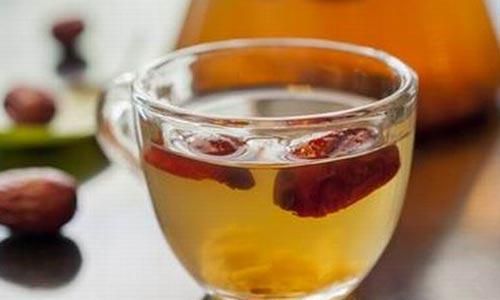
Modern Applications and Scientific Curiosity
In recent years, the resurgence of interest in natural remedies and functional foods has propelled jujubes into the global spotlight. Food scientists are now studying the antioxidant properties of jujube pigments, particularly anthocyanins, which have been linked to anti-inflammatory and anti-cancer effects. The color change during soaking, once dismissed as a mundane kitchen phenomenon, is now recognized as a visible marker of bioactive compound release.
Researchers have also explored the use of jujube extracts as natural food colorants. The stable, warm hues of soaked jujubes offer an alternative to synthetic dyes, appealing to consumers seeking clean-label products. However, challenges remain in standardizing color intensity, given the variability in raw materials and processing methods.
Practical Tips for Achieving the Perfect Hue
For home cooks and herbalists seeking to replicate the ideal jujube infusion, consistency is key. Here are some guidelines:
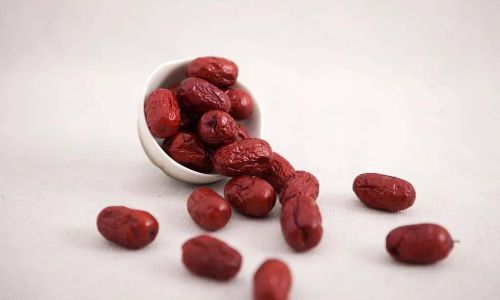
- Use filtered water to prevent mineral interference.
- Soak jujubes in warm water (60–70°C) to balance flavor extraction and pigment release.
- Avoid prolonged boiling, which can degrade volatile compounds and darken the liquid excessively.
- Source unsulfured jujubes for a more authentic color and flavor profile.
Conclusion
The act of steeping dried jujubes in water is a microcosm of the interplay between nature, culture, and science. What begins as a mundane, dark brown fruit undergoes a metamorphosis into a radiant, reddish-brown gem, its transformation a testament to the power of hydration and chemistry. The resulting amber liquid, steeped in tradition and lore, serves as both a culinary delight and a medicinal elixir. As modern science continues to unravel the mysteries of this ancient fruit, one thing remains clear: the color of a soaked jujube is far more than meets the eye. It is a bridge between past and present, a canvas for cultural expression, and a reminder that even the simplest acts of preparation can reveal profound beauty and knowledge. Whether sipped as tea, simmered in soup, or savored as a snack, the jujube’s journey from shriveled brown to glowing red is a celebration of nature’s artistry and humanity’s enduring curiosity.
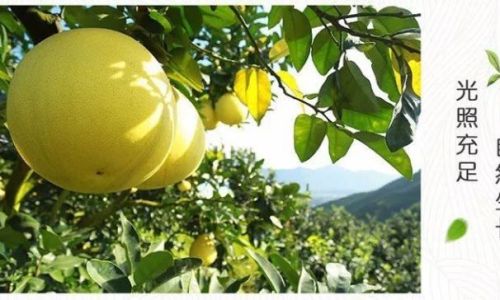

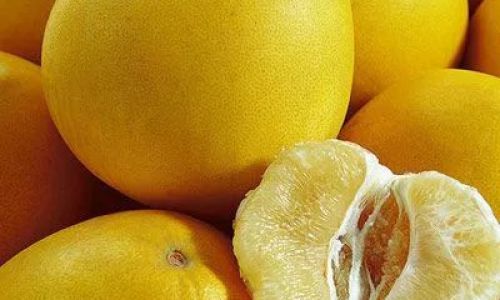

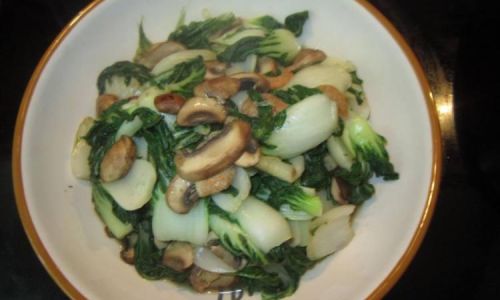
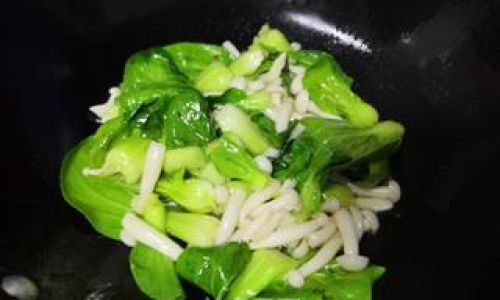
0 comments